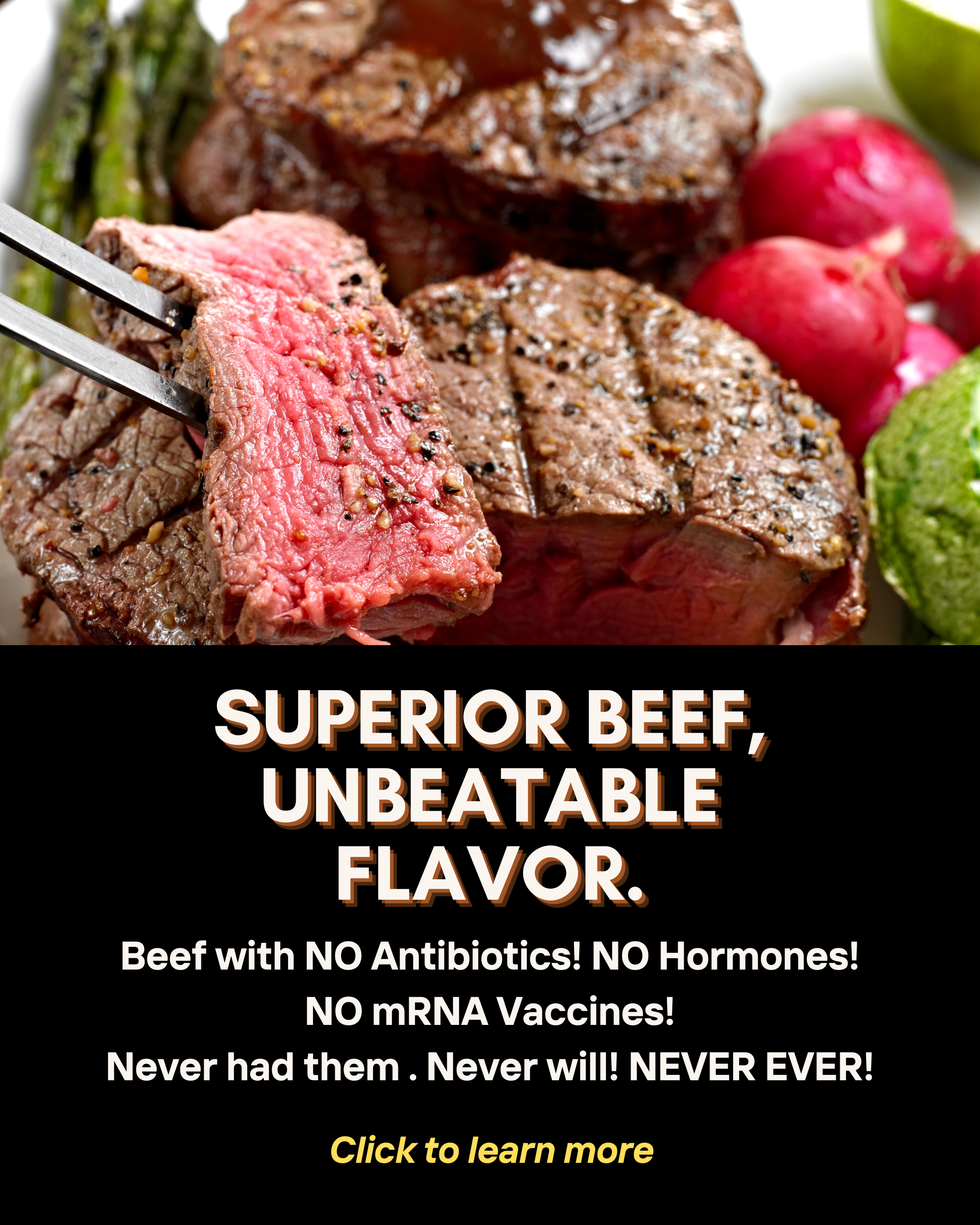From the Umami.Life archives
Originally published Nov. 16, 2016
The crowd gathers with excited voices. They’re here for the show. The lights are dim and like a magician gathering his magic potions and props, the engaging mixologist draws them into a bewitching love affair. Today’s rockstar mixologist is the local bar equivalent of the famed Siegfried and Roy Las Vegas magic show with flames, exotic lions and tigers. Only here, at one of the social media-touted top ten local mixology bars, the theatrics reward the watcher with the presentation of a delicious cocktail afterwards.
Across the street is a microbrewery with a line out the door. The air fills with hints of exotic hops and yeast as the patrons wait to taste the new seasonal release of this year’s specialty Oktoberfest. There are beer flights, as well as a tour of the brewery, and visitors settle in at the biergarten with live music. The engaging brewmaster has a passion for his craft, willingly sharing his stories. The speciality beer market of today is more like the Gold Rush of the Old West with a new taste of adventure around every corner.
No Pop, No Passion, No Sizzle
Just around the corner from every major American shopping mecca is a casual dining restaurant. No theatrics, no dynamic personality, but it’s a known quantity in food and price offering convenience of location. You’re presented with a short, uninspiring retail look-alike wine list printed in black and white on a piece of paper that has no connection to the average person. No pop, no passion, no sizzle. No personality or social media rockstar-type to engage you or help connect the complex dots of the wine world. Today’s on-premise casual dining wine list averages 20 items. It’s an experience that’s as fresh and new as dining on a fried spam sandwich while driving down some run down road in Havana in a 1950s-era Chevy with bumpers duct taped to the body. Excitement and innovation! Not so much. Like a People’s Socialist Wine Selection Committee, large wine distributors and restaurant chains are moving in lockstep march toward uniformity and mediocrity. What wine goes with this restaurant’s dish offerings? Will I like this type of wine or the unique taste of terroir from this region? Who knows? There’s no one on staff with key wine knowledge to close the sale. This is a recipe for a continued decline in wine sales.
America continues to be the largest consumer of wine in the world. Of this market, Millennials now account for 36% having recently passed Baby Boomers at 34%. Winemetrics, an industry source of on-premise wine distribution information (winemetrics.com), reports in a 2016 survey of on-premise wine sales at over 110 casual dining chains (representing nearly 10K accounts) that most operations had wine list selections of 20 to 22 wines that were all retail commodity. Read that as: High flow brands available at every corner retail store. These numbers are no surprise to wine industry professionals who have been witnessing this trend for decades. The gotcha reality with this approach is that the consumer shopped these same labels in the retail wine aisles yesterday looking for a wine to bring home to serve with dinner. The very next day, the consumer is presented those same wines on a wine list with pricing at three times the retail cost. Besides the “I don’t want to wash dishes tonight” reasoning, the customer chooses to dine out for a new experience, not the same old juice.
Today, Millennials are looking for varieties of wine from around the world, not just the sameness of taste offerings. While casual dining on-premise wine is on the decline, cocktail and beer lists skew towards variety and innovation. This is attracting a higher percentage of sales, especially among the Millennials.
Independently-owned local casual and fine dining restaurants are the exception to the on-premise wine sales decline as they typically have very proactive chefs, owners or wine specialists aggressively buying unique and special wines that make for the best food/wine matchups. The dynamic of a chef’s or wine specialist’s engagement with the customer adds to a memorable dining experience.
What can dining venues offer potential wine-buying customers to better engage them in the wine buying process? What if customers had the knowledge of a wine specialist in their hands? One that can engage them with images, story and best dish matches for that wine choice. Voila! Our new ProWine Guide platform addresses these challenges through the magic of technology.
Technology seems to be on the wish lists of many restaurant operators, though a 2016 National Restaurant Association survey sponsored by American Express reveals that more restaurant operators consider their operations to be lagging in technology use than those who say they’re on the leading edge.
Barriers to Adding Technology
What are the barriers that restaurant operators say limit their ability to add customer-facing technology? The survey results show these obstacles present the greatest concern:
- Cost of implementation 63%
- Lack of infrastructure 50%
- Service and repair 49%
- Per transaction/usage costs 49%
- Customer acceptance 48%
- Staff training 44%
Four in five restaurant operators agree that use of technology in a restaurant would provide a competitive advantage through an increase in sales and productivity. Yet, among the list of tech options ranging from off-premise delivery of food through use of drones to robotics and automation in food prep, there is no mention of moving wine lists into the world of smart devices.
Restaurant operators who say they would implement the following technologies if they were available:
- Automated Onsite Drink or Food Delivery 9%
- Automatic Food Preparations System 13%
- Drone Food Delivery Off-Premises 16%
- Automatic Menu Price Adjustment Based on Demand 36%
- Predictive Ordering 53%
Restaurant operators who consider these the most important areas of development for restaurant technology over the next 5 years:
- Customer ordering 37%
- Loyalty programs 25%
- Payment options 25%
- Robotics & automations 8%
Launched just weeks ago, our ProWine Guide (prowineguide.com) is designed to address declining wine sales with a low cost, yet, high tech solution.
Help your customers easily navigate complex wine choices like a pro!
ProWine Guide combines the expertise of an in-house wine specialist with a restaurant’s wine list in an online format customized to the dining venue’s brand identity. Our proprietary wine pairing program quickly guides the customer through the wine selection process. If needed, wait staff can ask a few short follow up questions to easily pinpoint a perfect wine selection. Watch a video introduction here: https://www.youtube.com/watch?v=vEDrP5UgteE.
With the ProWine Guide, we want to share our belief that there’s a taste of time, place and passion in every bottle.
— Dale Blankenship and Catherine Sansing
Read Winemetrics (winemetrics.com) founder Charles Gill’s blog posts on Casual Dining On-premise Wine Lists here: https://winelistsusa.wordpress.com/
Watch the video summary of the NRA Mapping the Restaurant Technology Landscape 2016 report here: https://www.youtube.com/watch?v=8uT8s9qOvPI#action=share
Read the NRA news release here: http://www.restaurant.org/Pressroom/Press-Releases/New-Research-Shows-Restaurants-are-Hungry-for-Tech



